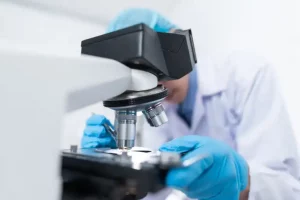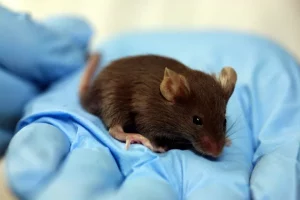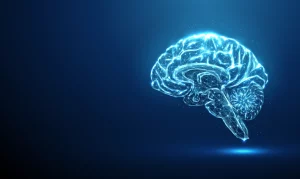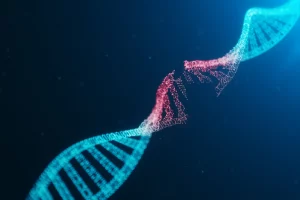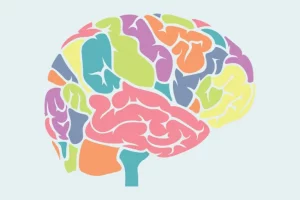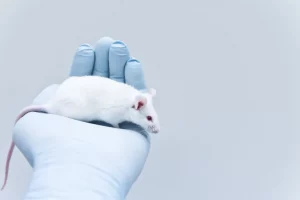
El BDNF puede revertir la ataxia en ratones SCA1
Escrito por Anna Cook Editado por Dr. David Bushart. Publicado inicialmente en el 19 de Marzo de 2021. Traducción al español fueron hechas por FEDAES y Carlos Barba. El factor neurotrófico derivado del cerebro -BDNF- puede prevenir la ataxia en ratones SCA1. Una nueva investigación muestra que el tratamiento funciona Read More…


